Why use Easypromos’ anti-fraud system in your promotions

Malicious IP addresses control
Easypromos maintains an updated database of IP addresses with a history of fraudulent activities, which allows us to block access attempts. Malicious proxies and VPNs are also blocked.

Malicious email addresses control
We maintain a database of temporary and prohibited email domains to prevent the registration of fake users, improving the quality of registrations. The system includes the detection and blocking of email aliases, as well as an email address verification system.

Malicious phone numbers control
Easypromos maintains a database of temporary and prohibited phone numbers to prevent the registration of users attempting to abuse contests with fake phone numbers. Additionally, we include a phone number verification system via SMS.
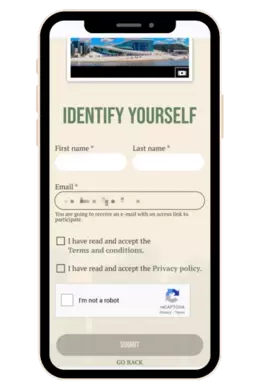
Anti-bot system
All promotions come with a system to detect and block automated access from programs and computer scripts. This includes tools like reCaptcha, CSRF tokens, parameter masking, and more.
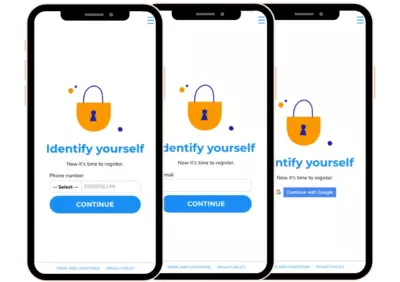
Two-factor authentication (2FA)
The registration system allows the organizer to enable multiple identification methods, including login via Social networks, login via email address, and by phone number. Double-factor authentication can be enabled with SMS or email verification for enhanced security.
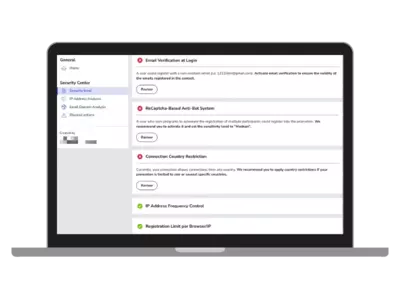
Security Center
Monitor your promotion from the security center section, to view all registrations and security events detected and blocked. Use the available tools to analyse the IP addresses and emails of the promotions. If needed, you can block users and maintain a blacklist to ensure that undesirable users do not register in any of your promotions.

Easypromos security team
A specialized human team monitors the activity of the contests and the various security indicators. The team works proactively to block fraudulent practices and improve the security system.

Voting contests fraud control
Automatic blocking of fraudulent voting attempts. Additionally, the administrator has tools to analyse votes and block fraudulent users.

Online games fraud control
The Easypromos security system detects participants’ attempts to manipulate time and points counters in skill-based games, such as Puzzle, Memory or Word Search.
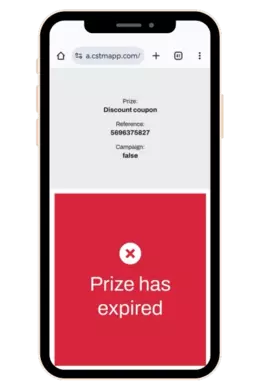
Fraud control in the Prize redemption
Tool to prevent users from attempting to redeem a prize twice or duplicate coupons won in a promotion.
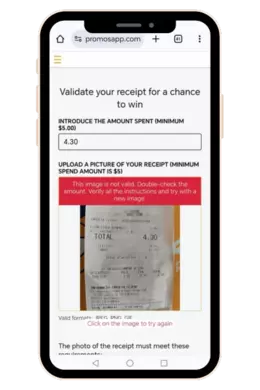
Fraud control in the Purchase receipt validation
Fraud detection system in promotions that require the upload of purchase receipts using OCR technology, allowing the detection of fake or duplicate purchase receipts.

Geolocation and IP address frequency control
Apply limitations in the registration and connection frequency per IP. Restrict access to your promotions based on the user country connection.
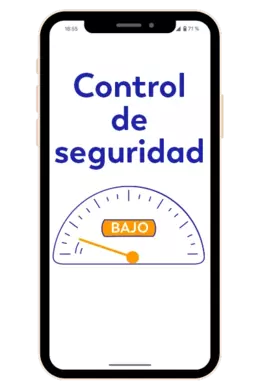
Security level indicator
This tool helps the organiser set up a secure contest by providing alerts and recommendations to enhance security. Don’t let a configuration error ruin your campaign!
Some of the applications where the anti-fraud system is essential
More resources about how to prevent fraud with Easypromos system
-
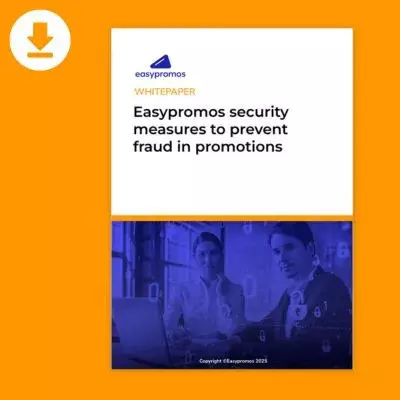
White Paper: Easypromos' Security System
Download pdf -

-

How does the fraud control system work?
Read tutorial
Fraud Control System FAQ's
-
How does Easypromos ensure security in promotions?
Easypromos ensures the integrity of promotions through a comprehensive fraud control system that addresses various malicious practices attempted by fraudsters.
-
What are the key features of Easypromos' security system?
Easypromos provides a toolset consisting of security indicators, malicious IP and email address control, and an anti-bot system, among others, to detect and block fraudulent activity.
-
How does the Easypromos security level indicator work?
Easypromos keeps an updated database of IP addresses with a history of fraudulent activity, allowing it to block access attempts, including malicious proxies and VPNs.
-
How does Easypromos control malicious IP addresses?
Easypromos mantiene una base de datos actualizada de direcciones IP con historial de actividades fraudulentas, lo que permite bloquear intentos de acceso, incluyendo proxies y VPNs maliciosas.
-
How does Easypromos prevent registrations with fake email addresses?
Easypromos uses a database of temporary and prohibited email domains, blocking email aliases and verifying email addresses to improve the quality of registrations.
-
How does Esypromos make sure that there are no automated accesses to promotions?
Easypromos features an anti-bot system that detects and blocks automated accesses using tools such as reCaptcha, CSRF tokens, and parameter masking.
-
How does Easypromos prevent duplicate redemption of prizes?
Easypromos has tools to prevent users from attempting to redeem a prize twice or to duplicate promotion coupons.
-
What is the role of Easypromos' security team in protecting against fraudulent practices?
Easypromos' specialized human team proactively monitors contest activity, blocking fraudulent practices, and continuously upgrading its security system.

